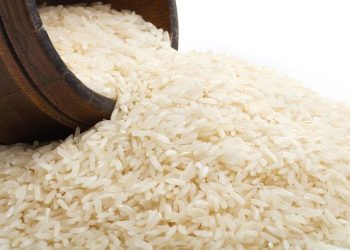Jakarta, Indonesia Sentinel — Indonesia’s textile powerhouse, PT Sri Rejeki Isman Tbk (Sritex), is facing unprecedented challenges following a recent bankruptcy declaration that has disrupted its raw material supply chain, affecting production and leading to temporary employee layoffs. The company’s management is now seeking a cassation appeal to overturn the decision, issued by the Semarang District Court on October 21, 2024, in hopes of regaining control and resuming normal operations.
Sritex Background and Ruling
The court ruling came after a lawsuit filed by PT Indo Bharat Rayon, a creditor of four Sritex group companies. The lawsuit aimed to cancel a previously agreed settlement, citing that Sritex and its subsidiaries—PT Sinar Pantja Djaja, PT Bitratex Industries, and PT Primayudha Mandirijaya—had failed to meet their debt repayment obligations. This decision legally strips Sritex’s management of control over company assets, transferring that authority to a curator assigned to oversee the liquidation process.
Sritex CEO Iwan Kurniawan Lukminto, also known as Wawan, explained that the bankruptcy status has had a swift and adverse impact on the company’s operational continuity. Many resources have been frozen under the curator’s supervision, he said, making it challenging for the company to operate smoothly. Wawan argued that the curator’s focus on liquidation has undermined ongoing efforts to maintain Sritex’s financial stability, which had shown recent improvement.
Sritex Financial Performance and Operational Impact
According to Wawan, Sritex’s financial health had been gradually recovering, with significant improvements in key indicators. The company’s net profit margin, which had been -127% in 2021, had improved to -19% by 2024. Likewise, the EBITDA margin improved from -118% in 2021 to -4.5% in 2024. Despite the external financial pressures, Sritex continued to pay employee wages and cover utility bills without delay, reflecting its commitment to stability.
However, the bankruptcy ruling has stymied production due to restricted access to raw materials and halted sales activities. This disruption has led Sritex to temporarily lay off workers, especially in the spinning division. General Manager Hario Ngadiyono emphasized that these temporary layoffs were necessary as the production process depends on an uninterrupted flow of raw materials. If these material shortages are addressed, Sritex plans to recall affected employees.
Workforce and Strategic Adjustments
Facing additional operational strain, Sritex has also implemented efficiency measures in recent years, which resulted in a 20% workforce reduction, affecting approximately 5,000 employees out of the company’s 50,000-strong staff. Wawan clarified that these adjustments were strategic decisions aimed at securing Sritex’s long-term resilience rather than indications of insolvency.
President Prabowo’s Swift Action Averts Massive Layoffs at PT Sritex, Safeguarding 20,000 Jobs
Future Steps and Government Support
In response to the bankruptcy ruling, Sritex is appealing to Indonesia’s Supreme Court to revoke the decision. The company believes that a favorable cassation outcome would allow it to regain control and reinstate normal operations. Wawan remains optimistic, stating that Sritex remains financially viable and that the company is actively pursuing operational strategies to preserve its core business.
During a visit to Sritex’s headquarters, members of Indonesia’s House of Representatives (DPR) pledged their support. Saleh Partaonan Daulay, Chair of DPR’s Commission VII, announced plans to establish a working committee to address issues facing the local textile industry and advocate for policies to protect it against imported goods. Daulay emphasized the importance of regulatory support to prioritize domestic textile manufacturers and strengthen the sector.
As Sritex navigates through this transitional period, the company hopes that its legal efforts will allow it to overcome this setback and continue its operations without further disruptions.
(Becky)


























